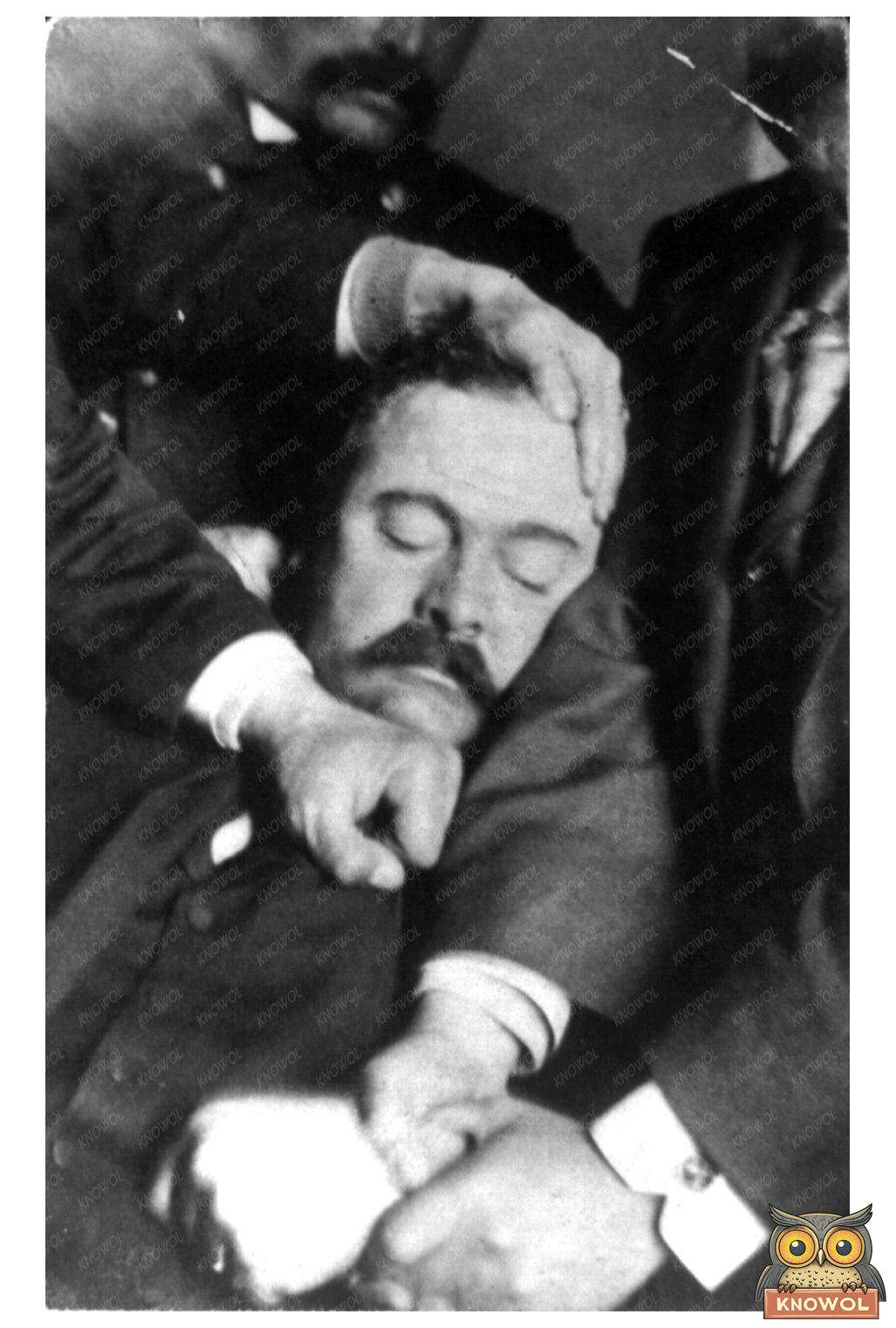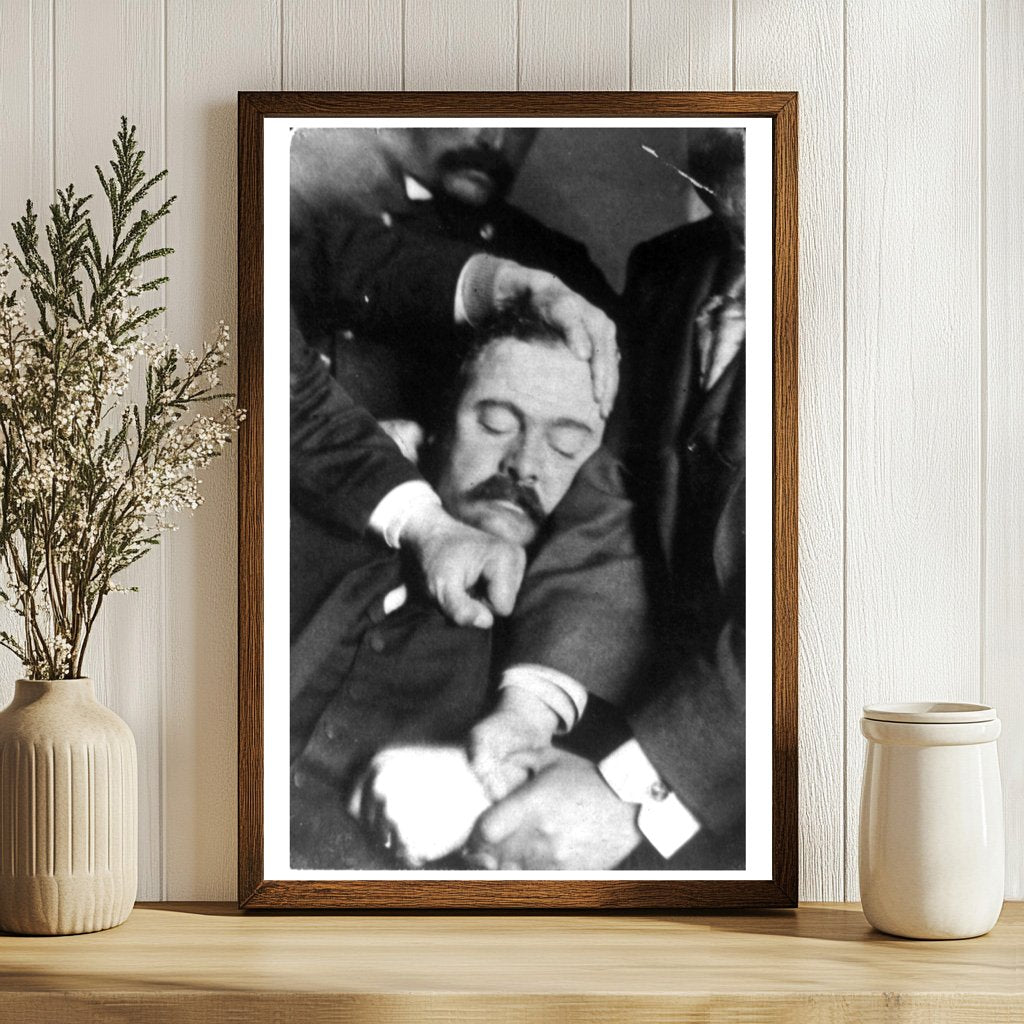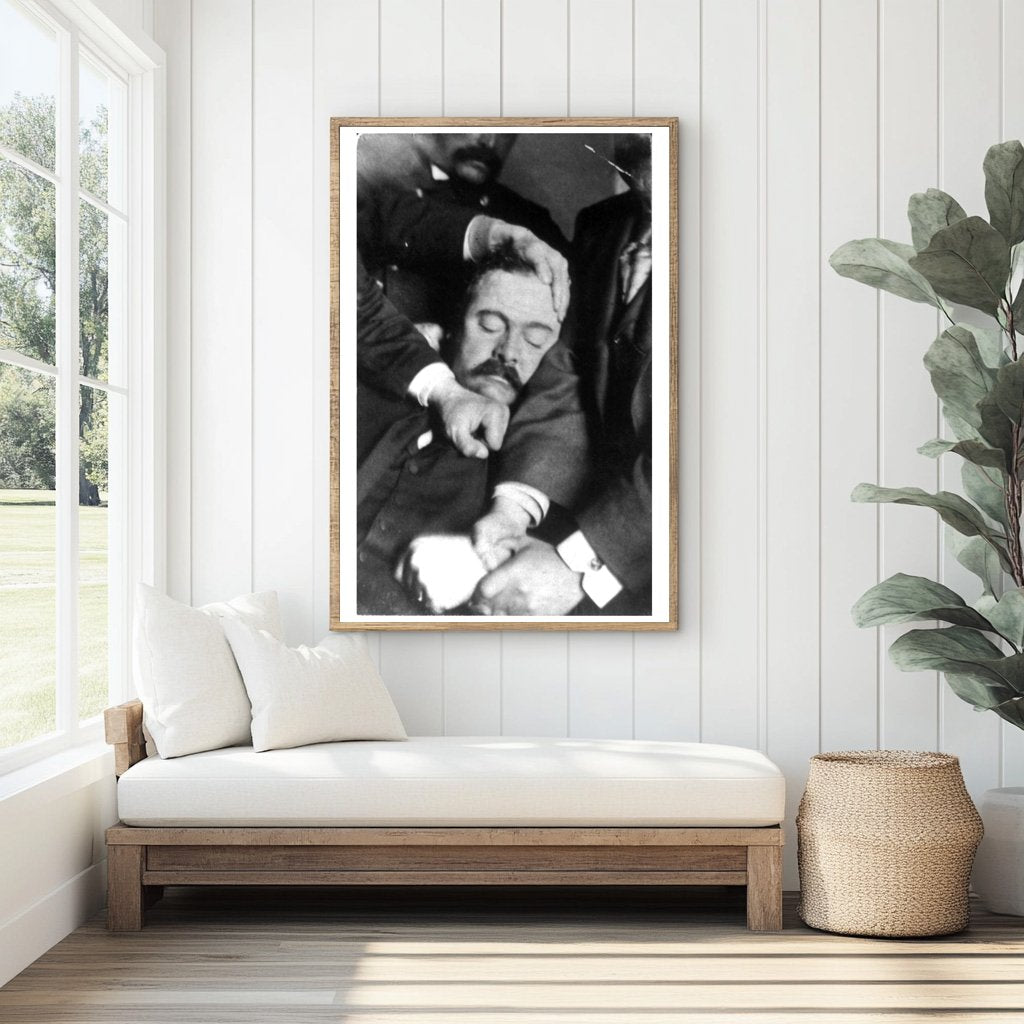


1896 Criminal Identification Portrait - Unique Historic Imag
The portrait of Edward McCarthy, created in 1896, is a striking example of early law enforcement photography. This photograph was produced as a carte de visite, a popular format at the time, which measured about 2.5 by 4 inches, typically mounted on cardboard. The intent behind this image was practical: it served as a police identification record, a method of documenting and tracking individuals who interacted with the criminal justice system. This practice reflected the burgeoning use of photography in police work, which began to revolutionize how law enforcement documented criminals during the late 19th century.
Edward McCarthy’s image represents a significant period in the evolution of policing. The 1890s marked a time when police departments started to recognize the importance of visual records. Prior to this, descriptions relied heavily on text. By capturing clear, identifiable images, law enforcement could maintain more accurate records and ultimately follow-up on crimes more effectively. McCarthy’s photograph is not just a likeness; it’s a snapshot of an era where photography began playing a crucial role in everyday law enforcement, laying the groundwork for modern criminal identification methods.

1896 Criminal Identification Portrait - Unique Historic Imag
